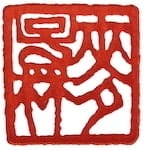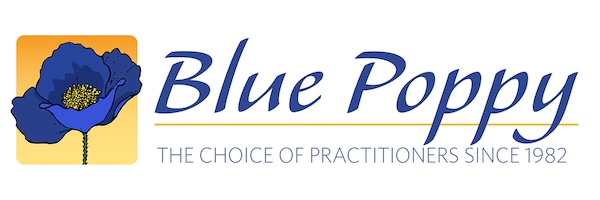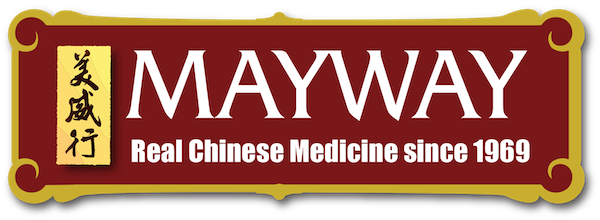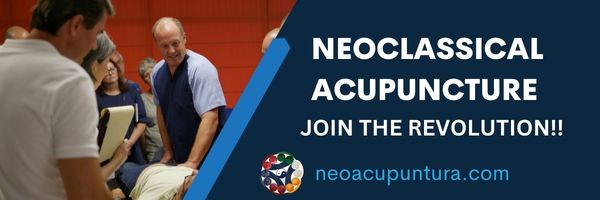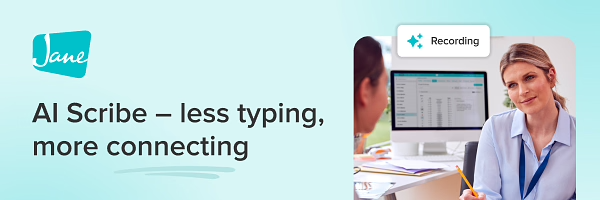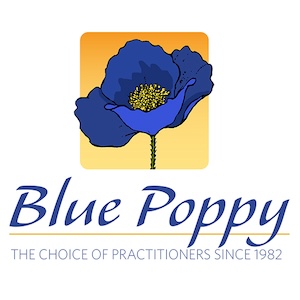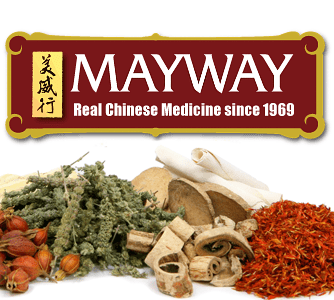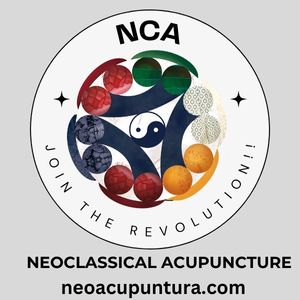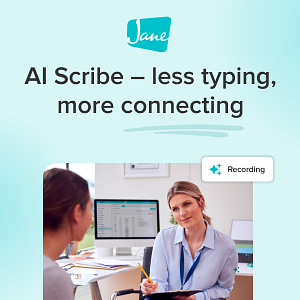The prolific science fiction write Issac Asimov wrote “The most exciting phrase to hear in science, the one that heralds new discoveries, is not “Eureka!” (I found it!) but “That’s funny …”
The wonderful thing about research is that it invites delicious questions and opens avenues of inquiry that lead us beyond the borders of our maps of the world.
In this conversation with Richard Hammerschlag we hear about how his curiosity with how acupuncture was helpful lead him to a shift in career that has had him in the forefront of acupuncture research for a couple of decades now.
Listen in to this discussion on the process of inquiry, and how it’s hard to go wrong when you follow what’s interesting for you.
In This Conversation We Discuss:
- Comparative effectiveness research
- Belief and the scientific process
- Myth of the objective researcher
- The researcher effect
- Unconventional medicine
- Chinese medicine is not a noun, it’s a verb
- Biofields
- The biofield of the heart is 10x the size of the biofield of the brain
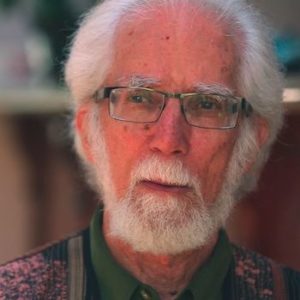
While I’ve often fantasized about waking up one morning and finding myself transformed into a practitioner of Chinese medicine, the reality is that I’ve always been more fascinated with how to test acupuncture’s effectiveness, and especially, to understand ‘how it works’. In short, I have always loved research… through a 25-year career in neurobiology, a 10-year career directing a research department at the Oregon College of Oriental Medicine in Portland, and, at present, helping to grow the Consciousness and Healing Initiative (CHI) and to define a new East/West synthesis of health and healing that I call Biofield Physiology.
Biofields, simply stated, are a family of non-biochemical regulatory mechanisms used by the body. EEG and ECG, as electrical fields commonly examined in allopathic healthcare, are well known examples of biofields produced by the brain and heart. Biophotons (particles of light) are a less understood but increasingly researched type of biofield. My interest in biofields developed in part, from an introduction to external Qigong. How, I wondered, can the body respond to a procedure that may not involve physical touch?
Other questions I am exploring, in the luxury of ‘retirement’, also arose initially from aspects of Chinese medicine: Since acupuncture and other modalities of East Asian medicine are often described as rebalancing the body, is there a whole body system that mediates such ‘homeodynamic’ regulation? Also, since acupuncture is often said to act via Yi (practitioner intention) as well as via physical effects of the needle, is intention a portal through which to explore effects of consciousness on healing?
Links and Resources
Richard is a co-author of Acupuncture Research: Strategies for Establishing an Evidence Base
Visit www.chi.is to see the work Richard is doing with biofields and other related endeavors with qi
